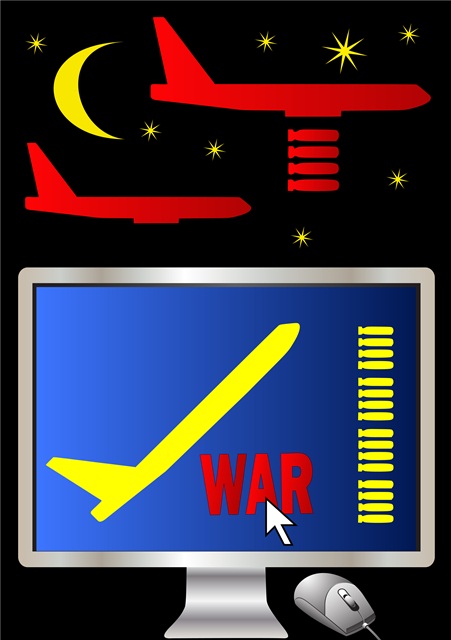|
6 language versions available in PDF format Einsatz bewaffneter Drohnen Utilización de aeronaves no tripuladas armadas Utilisation de drones armés L’uso dei droni armati Stosowanie uzbrojonych dronów The use of armed drones |
Unmanned aerial vehicles (UAVs) or remotely piloted aerial systems (RPAS) – commonly known as drones – are designed for diverse uses: civilian, commercial and military. While military forces are increasingly acquiring armed drones, their use raises many ethical, political and legal concerns.
The global spread of drones
UAVs are spreading globally. Around 80 states, as well as non-state groups, private actors and the United Nations (UN), possess drones. Most military drones are used for intelligence gathering, surveillance and reconnaissance, as well as target acquisition, while armed drones carry explosive weaponry or precision-guided munitions. Less than 20 states are thought to have armed drones. Although only the United States, Israel and the United Kingdom have used them operationally, analysts warn against proliferation.
Legal and ethical considerations

Armed drones are not considered illegal weapons; cheaper, but more precise, they are said to reduce casualties and collateral damage in war. Nonetheless, their use has raised ethical, political and legal concerns. Because armed drones reduce risks for soldiers, they may make war more likely. Also, operators far from the battlefield may have less inhibition to kill (“PlayStation mentality“). There is no consensus on how international law applies to lethal drone strikes. Many denounce US drone use against Al-Qaeda and affiliated terrorists in targeted killings and “signature strikes” (based on profiling, not identification) outside armed conflict situations as a dangerous precedent. US drone strikes have taken place both in armed conflicts (Afghanistan, Iraq, Libya), and outside (Pakistan, Yemen, Somalia). In Pakistan, CIA drone strikes have reportedly killed 2 500 to 3 650 people (of which 416 to 951 civilians).
These practices challenge current interpretations of international law. Arbitrary killing is prohibited both within and out of armed conflict. Only if an armed conflict exists can drone strikes legally be used on “legitimate targets”. The US justifies strikes outside such situations through its “global war on terror” concept. Moreover, US claims of a right to act extra-territorially in self-defence against Al-Qaeda go against the International Court of Justice’s view that use of force against a non-state armed group in another state violates that state’s sovereignty, unless the group’s actions are imputable to it. Anticipatory self-defence is also still contentious. Two recent UN reports assess the use of drones in counter-terrorism and the implications for the protection of the right to life. They find that international law on the use of force forms a holistic system protecting the right to life, warn against flexible interpretation, and advise states to increase transparency and accountability. In May 2013, the US Government set out policy for drone use.
The European Union and armed drones
Some Member States possess, use or are developing armed drones, and several cooperation projects are under way, e.g. France and the UK‘ s Future Combat Air System (FCAS). At EU level, the European Council welcomed preparations for a next-generation European medium altitude long endurance RPAS by 2020-25. Many denounce the EU’s silence on the US drone strikes, calling on it to define a common position and engage with the US. The EU High Representative has stated that drone strikes must conform to international law; the EU and its MemberStates are conducting informal dialogue with the US on the issue.
| Parliament has not voted a specific resolution on armed drones; however, in several resolutions such as on the Arms Trade Treaty (ATT), on Human rights in the world, 2012 and on A broader Transatlantic partnership, it calls on the EU to develop a common position on armed drones and cooperate with the US on the issue, including to define future international regulation. The EP regretted that trade in drones would not be regulated by the ATT. |








Be the first to write a comment.